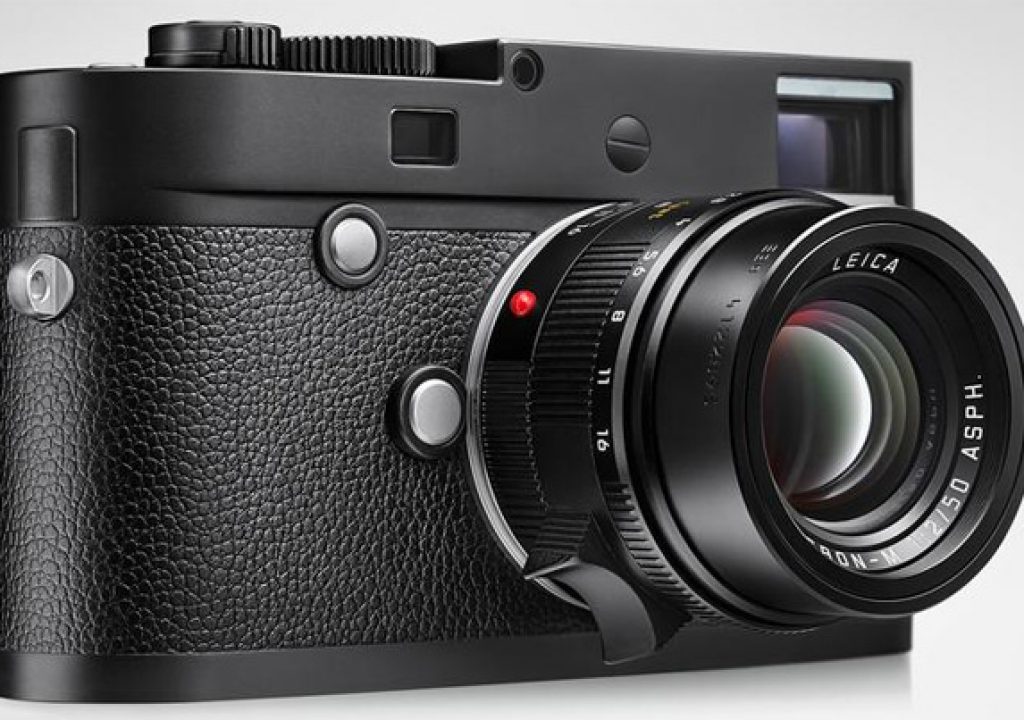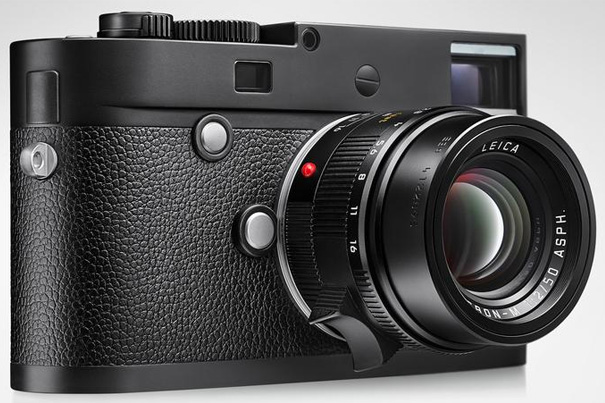
Not many people will think about Leica when it comes to video, but the option is present in their cameras, and the new Leica M Monochrom (Typ 246), although a tool for photographers, also offers videographers the chance to capture Full HD… in black & white.
Yes, you read it well: black & white. Somewhere along the marketing blurb I gazed through, Leica does refer to the essence of photography being black & white film. I think black & white film was more a technical limiation at the time it was invented than anything else, but that’s probably me. Anyway, black & white stuck as a way to do photography, and very rightly so. It can be amazing, as we all know. But I am almost sure not many people will think of using it for their films, these days. Many can colour grade their films to have different tones, but few will do pure b&w. Well, with the Leica M Monochrom (Typ 246) there is no other way, as the camera only does black & white.
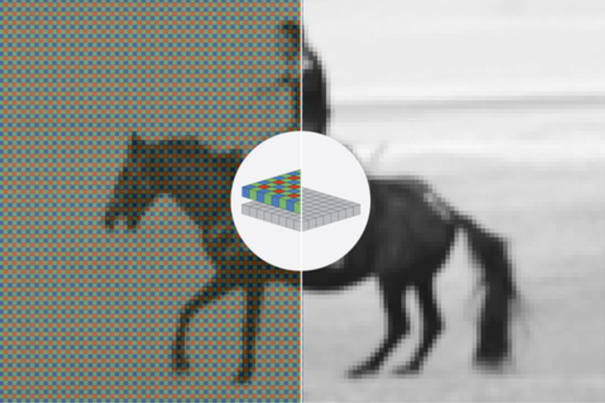
This is not the first time Leica goes the “only b&W” way, but this new sensor is a step ahead, with improved performance and features that far exceed its predecessor. The new 24-megapixel high-resolution black-and-white sensor in full-frame format does not have a low-cut filter. As the sensor of the Leica M Monochrom does without a colour filter, which means that interpolation is no longer required for the calculation of luminance values, it enables exceptionally sharp pictures at all sensitivity settings up to ISO 25 000 with exceptional depth, clarity and resolution of details that by far exceed that of colour exposures, according to Leica.
Pictures captured with the M Monochrom are uniquely characterised by finely grained rendition of details with no disturbing artefacts. Another advantage of the new sensor is that, in addition to the M-Lens portfolio, almost all lenses of the Leica R series can now be used on the Leica M Monochrom to expand the creative capabilities of the Leica rangefinder system, as is also the case with the Leica M.
When it comes to video, the Leica M Monochrom (Typ 246) offers 1080p Full HD video capability in black & white. It also does 720p and offers 24 fps and 25 fps, as if confirming its vocation for a “cinema look”. Sound capture is mono, directly on the camera, or stereo using the optional Leica microphone adapter set, comprising an adapter and a stereo microphone. The user has the of choice of automatic or manual modulation during recording or fixed “Concert” setting.
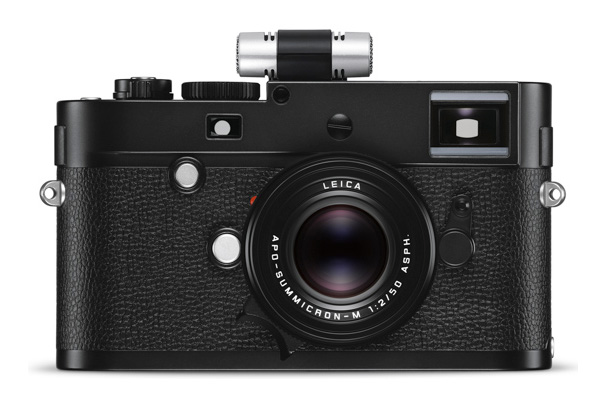
Video recording can be quickly and conveniently started and stopped with a separate release button, states Leica. Video sequences can be recorded in Motion JPEG format – that is, in true, individual full frames – which brings enormous advantages for video editing. Thanks to a dedicated adapter, almost all Leica R-series lenses can now be used with all available functions both for shooting video and capturing still pictures.
The new components of the Leica M Monochrom (Typ 246) are a high-performance Leica Maestro image processor as installed in the current Leica M and a buffer memory with a capacity expanded to two gigabytes. This combination ensures higher speed and makes the Leica M Monochrom even more versatile. For example, as the processor enables extremely fast processing of the image data captured by the sensor, sequences can now be shot much faster and assessed almost instantaneously in review mode on the camera’s monitor. As a further benefit, the Leica Maestro image processor also takes less than two seconds to deliver high-quality JPEG files in addition to the RAW data files in DNG format.
Although black & white is at the heart of this new Leica, the company has not forgotten that black & white photographers love toning some of their images. So, at the touch of a button, exposures captured by the M Monochrom can be converted from black and white to a series of characteristic toning effects traditionally used in analogue photography – for example, sepia, cold or selenium toning. All users need to do is save the image in JPEG format and select the desired toning effect – simply and conveniently, and with no need for post-processing. Leica M Monochrom customers can download a free copy of Adobe Photoshop Lightroom from the Leica website for professional post-processing.
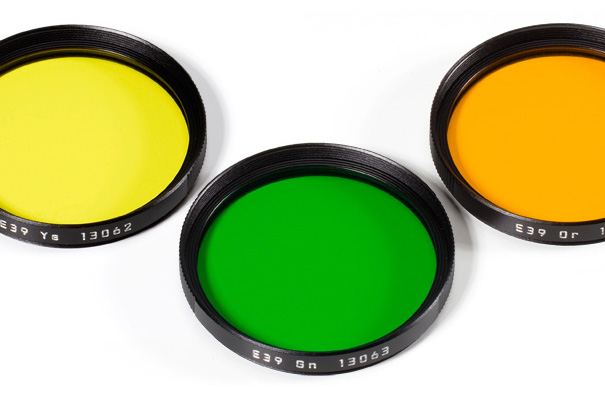
Filters are an essential part of black & white photography (and video) so, Leica has created a series of series of specially calculated filters for this camera, the classic yellow, green and orange, which will be available from August 2015. Filters allow users to modify the conversion of colours to greyscale values, offering new opportunities for the exploration of creative effects with light and contrast. This means that the colour of the filter in the original scene becomes brighter and its complementary colour darker. This is effective for creating unusual moods in landscapes, portraits and other genres of photography. At the same time, multilayer coating reduces reflections and ensures high transmission without vignetting.
The design of the Leica M Monochrom reflects the established philosophy of the Leica rangefinder system and concentrates on particular robustness and discretion. The top deck and baseplate are machined from solid brass blanks and finished in black chrome, whereby the raw materials used are especially homogeneous and sourced only from selected suppliers. The camera body is manufactured from a high-strength magnesium alloy. The extremely scratch-resistant and almost unbreakable sapphire crystal cover glass of the LCD monitor is of equally high quality. It is treated with an anti-reflection protective coating that ensures that photographers can precisely assess and check their images in any lighting situation.
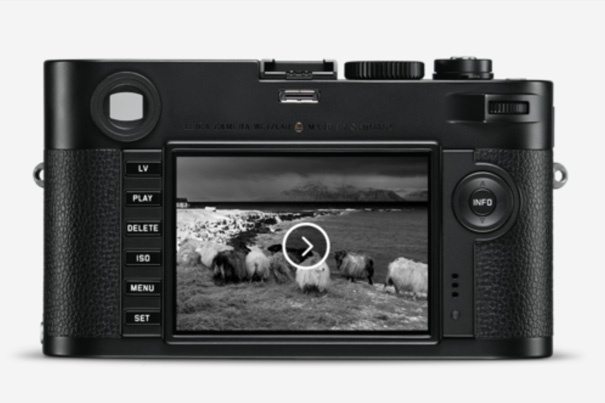
The Live View function of the Leica M Monochrom provides a viable alternative to looking through the viewfinder. The high-resolution 3″ monitor with 921,600 pixels ensures that photographers and videographers have complete control of composition, exposure, focusing and depth of field. Live View also offers two additional focusing methods: the up to tenfold magnification in Live View Zoom mode provides full control of the sharpness of details in the subject or the closest focusing distance. In Live View Focus Peaking mode, sharply focused edges in the image are automatically highlighted by coloured lines. Depending on the situation or the photographer’s preferences, the Leica M Monochrom provides a choice of several options for capturing exceptionally sharp pictures.
While some early reviews of the camera appeared online, most of them look at the photographic aspects of this model and do not seem to care much about the video segment, Even Leica, in their technical information, don’t say much more than is published here. As if video was an afterthought for this Leica M Monochrom (Typ 246). Anyway, there is an interesting video from Ragnar Axelsson, a collection of video snippets taken with a Leica Monochrom (Typ 246) as part of the series “Around Iceland in 80 hours”. Enjoy it!
The Leica M Monochrom (Typ 246) is available now. Price? $7,450.00.

Filmtools
Filmmakers go-to destination for pre-production, production & post production equipment!
Shop Now